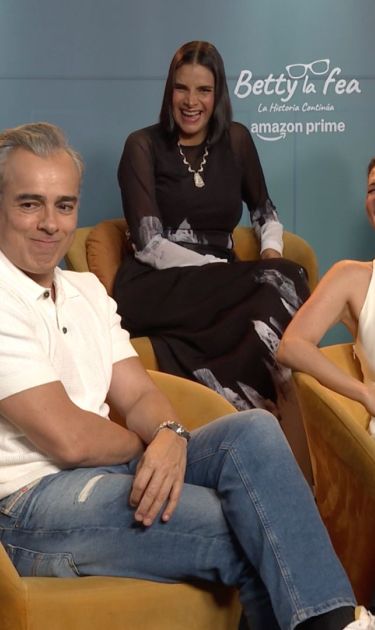It’s been over two decades since Betty, la fea, but the show’s legacy remains something that the cast carries with them to this day.
Remezcla had a chance to interview to Ana María Orozco, Jorge Enrique Abello, Lorna Cepeda, Natalia Ramírez and Julián Arango in Bogotá for the premiere of Season 2 of Betty, la Fea: La Historia Continúa in Colombia and the group discussed the importance of the figure of Betty and the legacy of the show then and now.
“I think the message has always been subjective,” Orozco said, “and many people have identified with it.” But for her, that message isn’t just one thing. “It’s not just about being intelligent; I think it encompasses many more things, more layers. Because we also have to break the prejudice that a pretty blonde can’t be intelligent either,” she said, pointing to Cepeda.
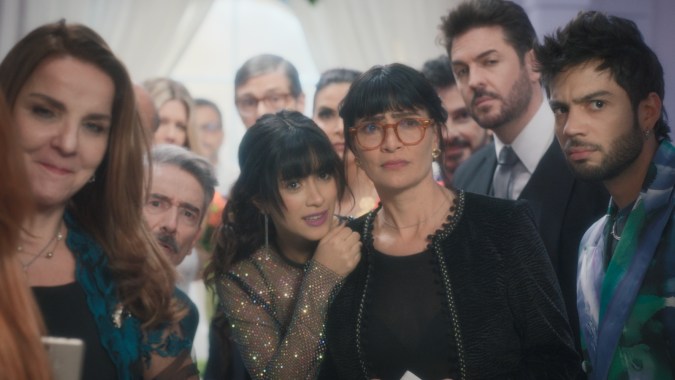
Orozco went on to add, “I think that, nowadays, it goes further, right? It’s not about that. So, I think the most important thing about the legacy is how to be authentic, not to exclude. And, well, these are issues that are still very present and that we continue to talk about, and we must continue to talk about.”

Abello had something to add to that sentiment of authenticity. He said, “Anita [referring to Orozco] in many interviews we’ve been in, has said something that I think is important, and that is, Betty ends up reformulating the topic of beauty. And look, today, unlike two decades ago… the model of beauty was closely linked to beauty queens. It could be, right? In Colombia, at least? At least, yes, or in Latin America. And today we understand, thank God, we can accept and understand that beauty isn’t something related to that.”
For Abello, this is a very important point. “That there are very beautiful women, but beauty is who you are. And that legacy, I think, is very beautiful, and we’re going to recover that, because it is important, very important. Let’s see if we can all learn to love each other a little more.”
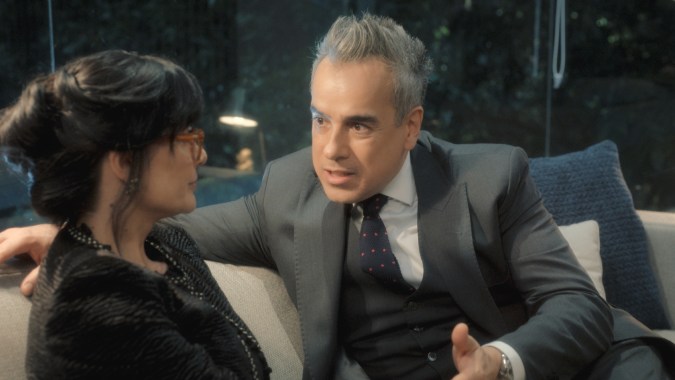
Arango also wanted to add his two cents, because his character is the necessary counterpoint to this message. “I think there’s something about characters like Hugo; they have to exist so that these discourses can be exclusionary today and we can recognize the damage these characters cause.”
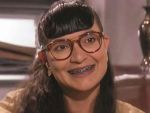
“As a contrast, right? Because if not, there’s no conflict.” Abello interrupts.
Arango clearly agrees. “And also, to visualize them and know that this isn’t allowed.”
Ramírez also has something to add. “And also that security and self-esteem, self-love, regardless of the shell, because this is just a mask, is what will truly lead you to success, to life, and to great happiness. If we can talk about great happiness. It’s not about appearances, but about what’s inside.”
Cepeda ends the great back and forth saying, “I also think Betty broke the mold a lot, not only with the theme of beauty, but with everything. Betty, to that extent, was absolutely universal, because everyone could identify with both the characters and the situations.”
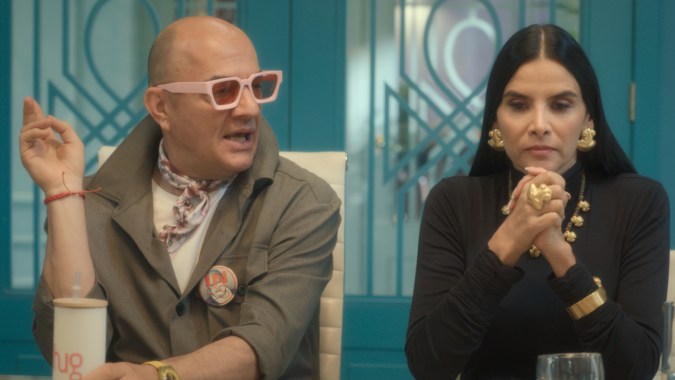
She explained. “For example, in the case of Hugo Lombardi, it’s true. Let’s say he appeared, and at that time—we’re talking about the year 2000—the appearance of this character is an impressive reference for everyone. It was like the voice. Betty was the voice. Everyone had their own voice, with people who were able to identify with each person. I feel like it broke a lot of paradigms, and from then on, a lot of things changed. In the way of telling stories, radically throughout the world. That’s the best thing it did.”
And now, this new series is once again changing the game. It’s different storytelling. And for the protagonists, it’s taken some getting used to. Ramírez admitted it’s been “difficult. You move very quickly. The new language is fast. Information isn’t repeated. Adapting to this new rhythm, to these new lenses, to this new light, to the colors,” has been complicated.
According to Abello, “before, we had three or four cameras. We did the scene in one take, and we improvised and what happened, happened. Nowadays, we have a more cinematic approach with lenses that aren’t fixed, that are interchangeable. So, each scene can have ten takes. And it’s different because in all that, let’s say, improvisation we have to do things, then we have to adjust it to see how it looks natural and how we can continue playing with improvisation within ten takes of the same thing. So, it’s complex. That’s the hardest part, all of a sudden.”
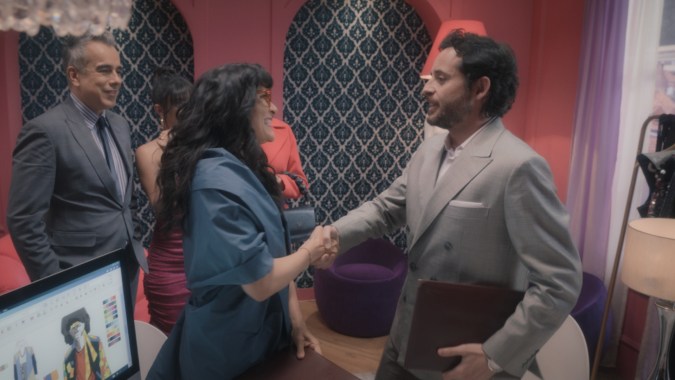
There’s still the vibes of Betty, la fea within this new Betty, la Fea: La Historia Continúa. During this interview it was evident in the laughs they shared and the way that they continued to bounce off of each other even after all this time. But the same vibes were also present in the actual show. Case in point, that scene where Armando is hiding from Mila in the balcony because he and Betty aren’t ready for their daughter to know they’re back together in Season 2.
Abello was trying to look at the tiptoing around of it all philosophically when talking about the exaggerated moment on screen. “He was naked and he had half of Cartagena in front of him, and I could finally show them something he really wanted, which was my private parts,” he explained, the sarcasm creeping in before adding, “No, it was horrible.”
“It was fun!” Orozco interrupted.
“Fun?” he inquired. “For whom?”
For us, perhaps if the peels of laughter that followed were any indication as Abello covered his face and the interview was derailed in favor of watching this cast act like the old friends they are.
New episodes of Betty, la Fea: La Historia Continúa are available Fridays on Prime Video.
